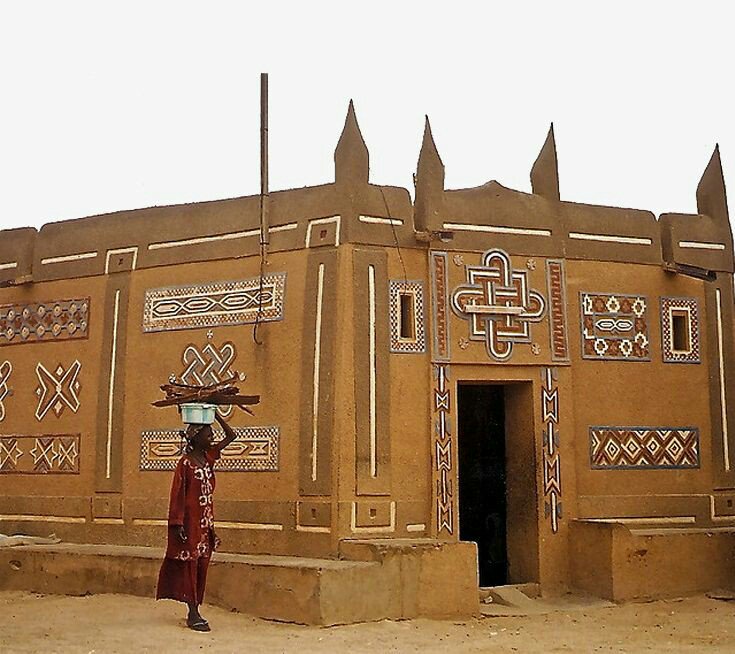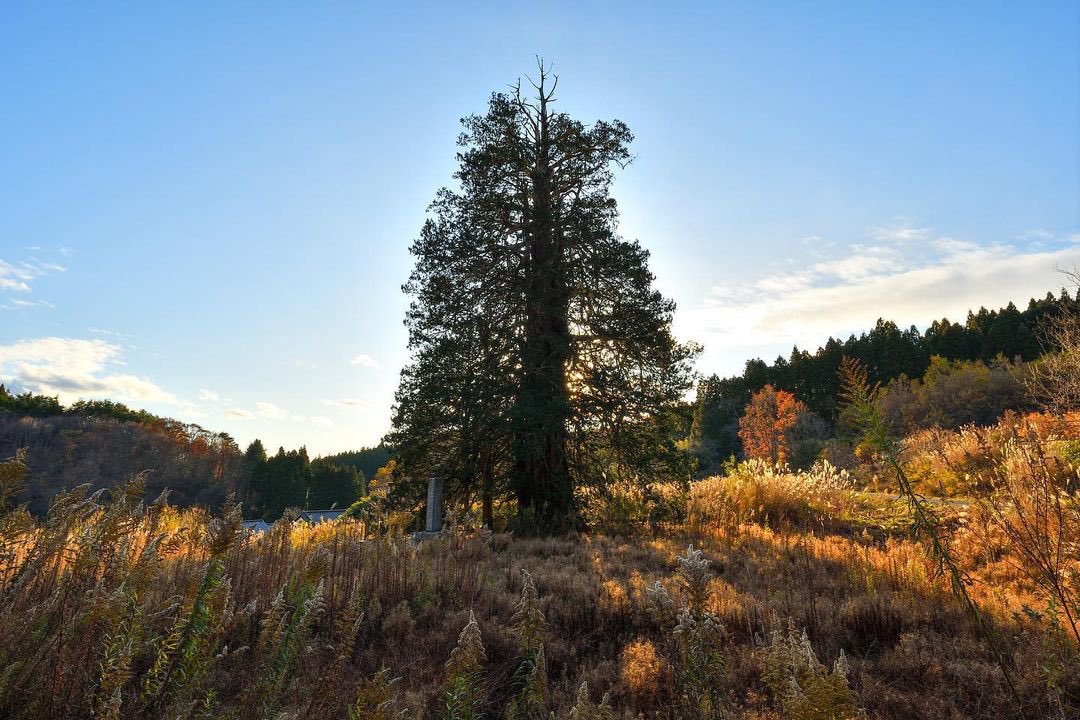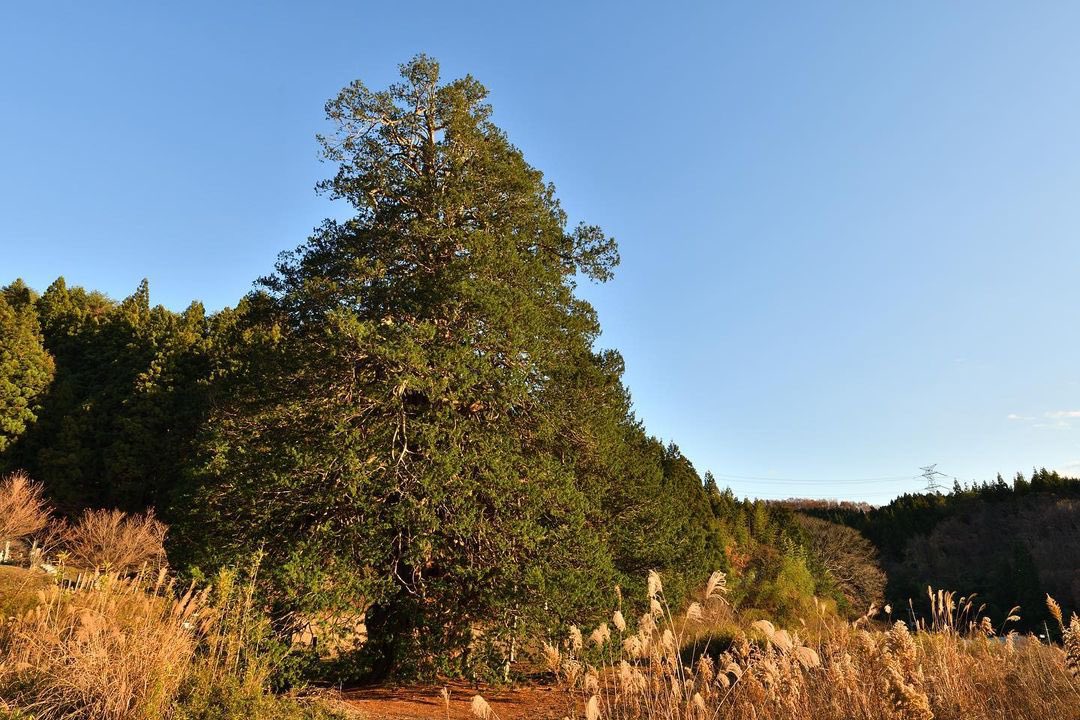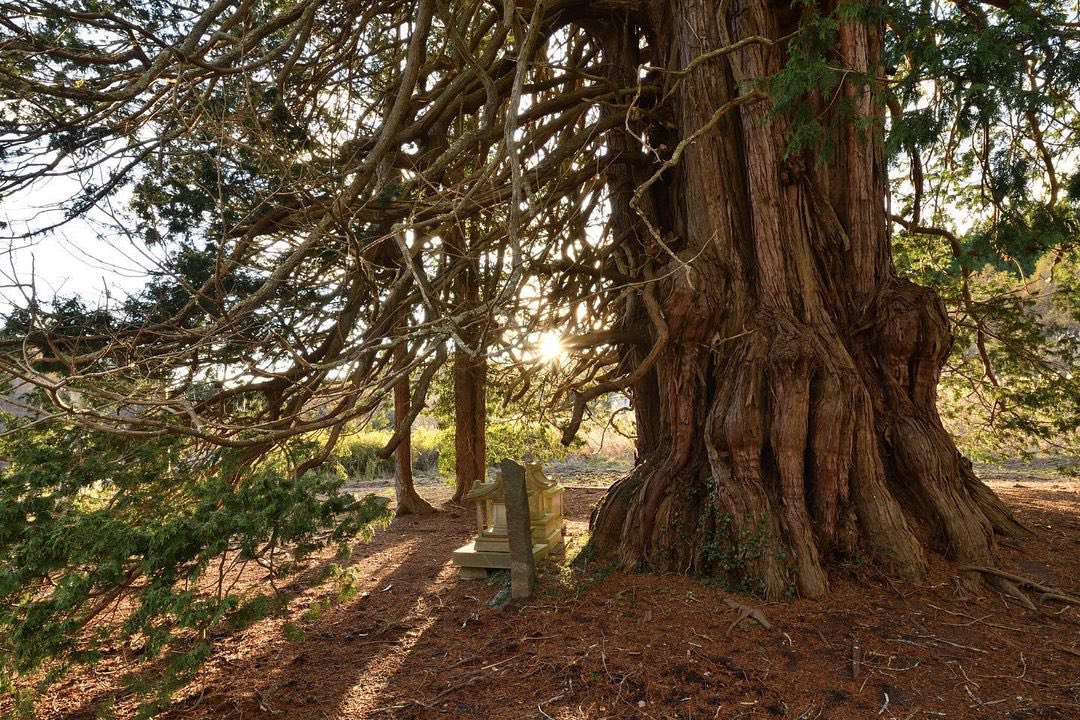
“The irony of this new discovery is that for hundreds of years educators did seem to sense that children’s brains had to be built up through exercises of increasing difficulty that strengthened brain functions.” — Norman Doidge, M.D., The Brain That Changes Itself, 2007 



Personal anecdote time: It was a long time ago but I still remember my first week in school with a completely new subject: English. Our teacher was a young woman who looked a bit like Amelie (in that famous movie), but completely unsmiling, hard as a rock. Our first task was...
...to memorize an old poem of twelve lines, in complicated English, with perfect diction and perfect pronunciation. She would allow no-one the slightest hesitation, the slightest mistake. We had to speak with a native level proficiency from day one before we had even basic vocab.
We were all complete beginners, but after a couple of weeks even the dullards of the class dictated this 19th century poetry as if they had been born in Kensington in the 1920s. I still think that had other classes been taught as thoroughly, we would all have benefited greatly.
• • •
Missing some Tweet in this thread? You can try to
force a refresh




































